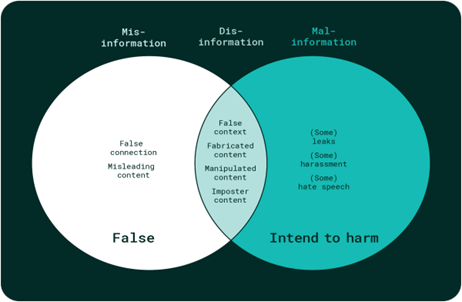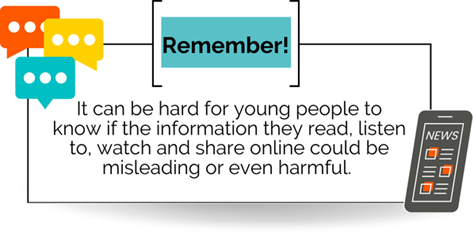What is misinformation?
There are three different kinds of misinformation:

- Mis-information: Information that is false, but not created with the intention of causing harm.
- Dis-information: Information that is false and was created to harm a person, social group, organization or country.
- Mal-information: Information that is based on reality, used to inflict harm on a person, organization or country.
Education programmes
Netsafe have launched an online learning platform that includes interactive resources for students as well as facilitator notes for educators. The “News or Views” micro lesson investigates how to tell what is read and not real online.
Squiz Kids Classroom is a suite of curriculum-aligned resources made by teachers and includes literacy worksheets and information. The resources help upskill students to identify mis- and dis-information and think critically about the content they see online. Its made by teachers, for teachers.
Twinkl have created a jam-packed lesson plan for teachers full of resources to support you to talk about misinformation with younger students. The pack includes interactive PowerPoints and handy worksheets.
- Twinkl - Fake News Lesson Pack
Podcast
Squiz Kids is a free daily news podcast for kids. Listen in the classroom and use the podcast to spark conversations.
Activities
Twinkl have created a resource to help students spot fake news. It's ideal for ages 7 to 11 and puts children's fake news knowledge to the test.
- Twinkl - Fake News KS2 Thinking Activity
Jokes can sometimes be a form of fake news as some people may not understand the joke and pass the story on as real news. Put your students critical thinking skills to the test using the below quizzes from Twinkl.
Videos
Children are exposed to lots of content online each day and some of this material will inevitably be fake and untrustworthy. The below video helps teachers talk to students about fake news and how to outsmart it.
